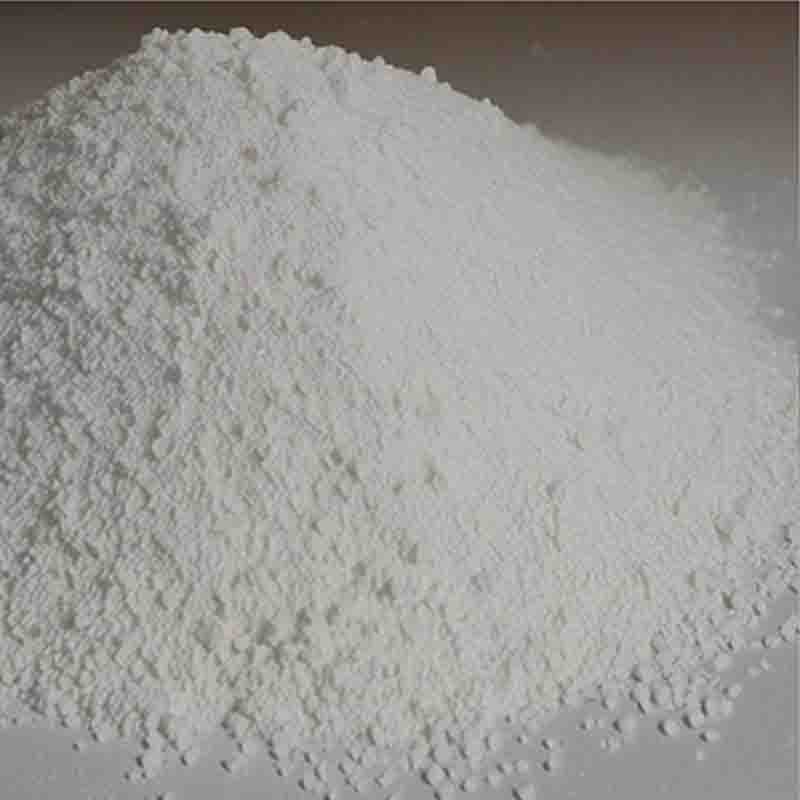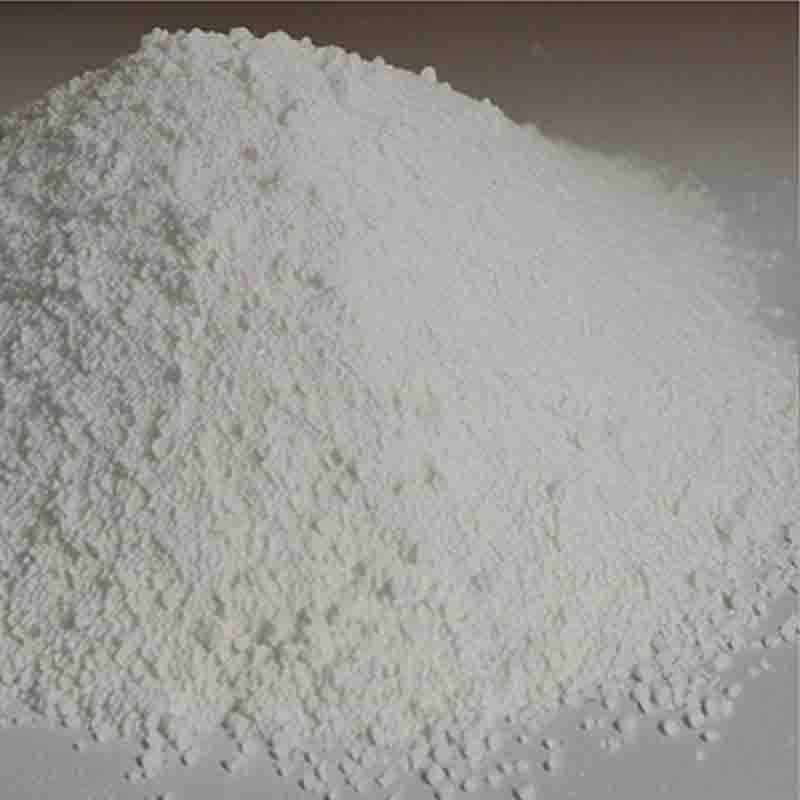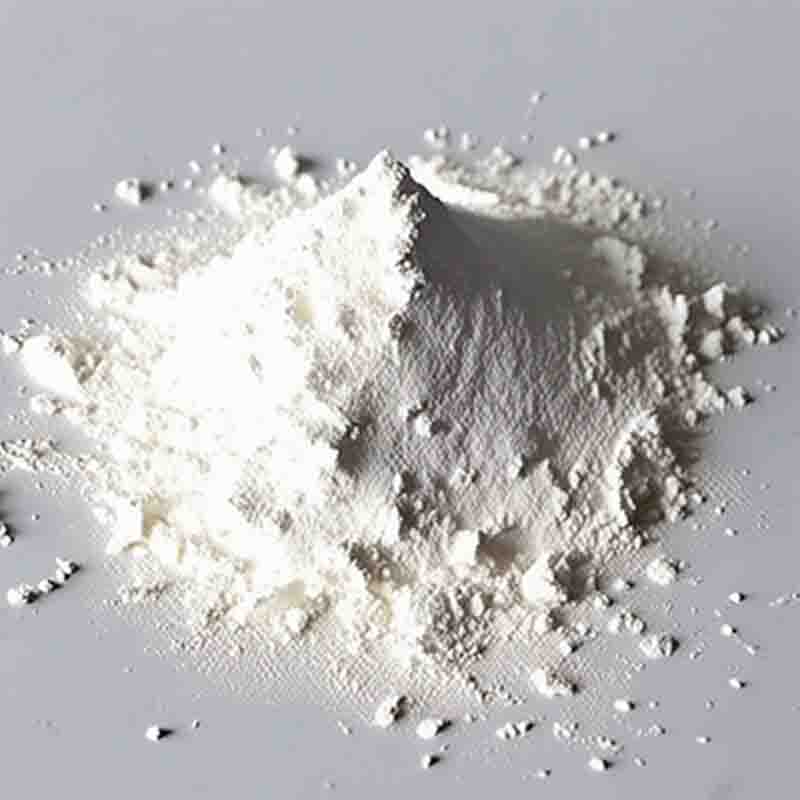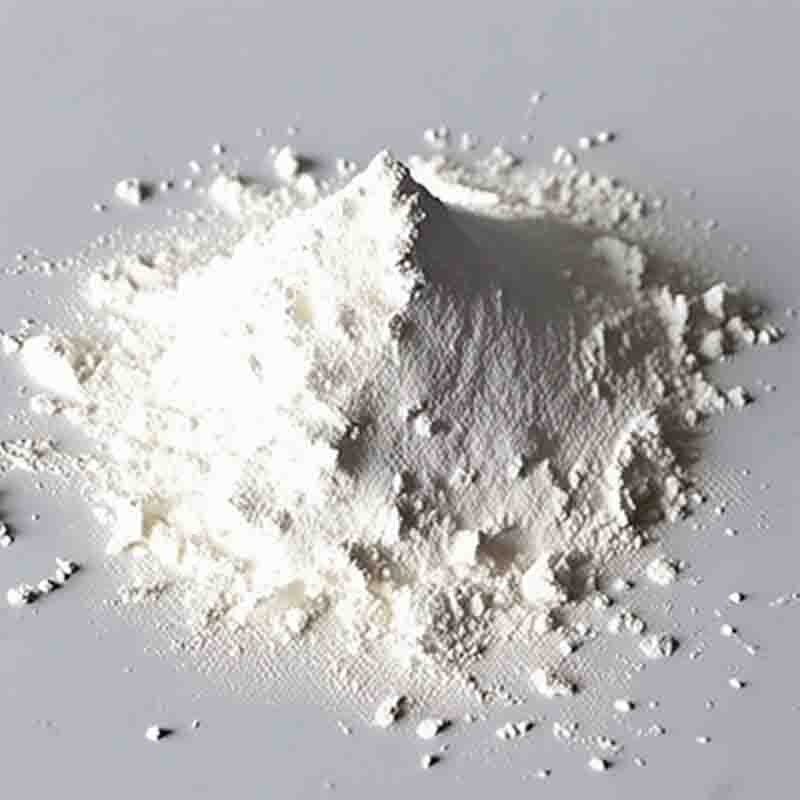Bis(2,4-pentanedionato-O,O’)palladium(II) CAS: 14024-61-4
| Catalog Number | XD94483 |
| Product Name | Bis(2,4-pentanedionato-O,O')palladium(II) |
| CAS | 14024-61-4 |
| Molecular Formula | C10H14O4Pd |
| Molecular Weight | 304.64 |
| Storage Details | Ambient |
Product Specification
| Appearance | White powder |
| Assay | 99% min |
Bis(2,4-pentanedionato-O,O')palladium(II), commonly referred to as Pd(acac)2, is a chemical compound that consists of a palladium atom coordinated with two molecules of 2,4-pentanedione. This complex is widely utilized as a catalyst in various organic reactions, particularly in cross-coupling reactions and carbon-carbon bond formation.The primary use of Bis(2,4-pentanedionato-O,O')palladium(II) lies in its ability to facilitate cross-coupling reactions, which involve the formation of carbon-carbon bonds. It is commonly employed in the Heck reaction, Suzuki-Miyaura coupling, Stille reaction, and Sonogashira coupling, among others. These reactions are significant in organic synthesis, as they allow the creation of complex and structurally diverse organic molecules. The Pd(acac)2 serves as a catalyst, promoting the coupling of different organic substrates, leading to the formation of carbon-carbon bonds in a selective and controlled manner.Furthermore, Pd(acac)2 finds application in C-H activation reactions. In these transformations, the complex assists in breaking the relatively inert C-H bonds in organic compounds, replacing them with functional groups or forming new carbon-heteroatom bonds. This approach has immense importance in the synthesis of pharmaceuticals, fine chemicals, and materials.Additionally, Pd(acac)2 is employed in amination reactions, where it facilitates the incorporation of nitrogen atoms into organic molecules. Nitrogen-containing compounds are crucial components in pharmaceuticals, agrochemicals, and materials, making amination reactions highly valuable.Apart from its applications in synthesis, Bis(2,4-pentanedionato-O,O')palladium(II) has been used in catalysis for various organic transformations. It plays a vital role in the synthesis of polymers, dendrimers, and other complex organic architectures, offering precise control over the formation of desired products.Moreover, Pd(acac)2 and its derivatives have been utilized in materials science for the preparation of nanoparticles, thin films, and catalyst supports. These materials exhibit unique properties and find applications in diverse fields, including sensing, energy storage, and catalysis.In summary, Bis(2,4-pentanedionato-O,O')palladium(II) (Pd(acac)2) is a widely used catalyst in organic reactions, particularly cross-coupling reactions, carbon-carbon bond formation, C-H activation, and amination reactions. Its ability to promote selective and controlled bond formation has made it an indispensable tool in synthetic chemistry for creating complex organic molecules. Moreover, it finds applications in materials science for the development of functional materials with unique properties. The versatile nature of Pd(acac)2 continues to contribute significantly to various industries, such as pharmaceuticals, agrochemicals, and materials, advancing the field of chemical synthesis and enabling the synthesis of diverse organic compounds.









